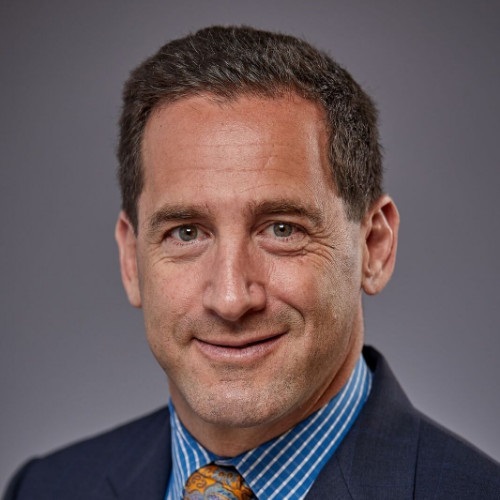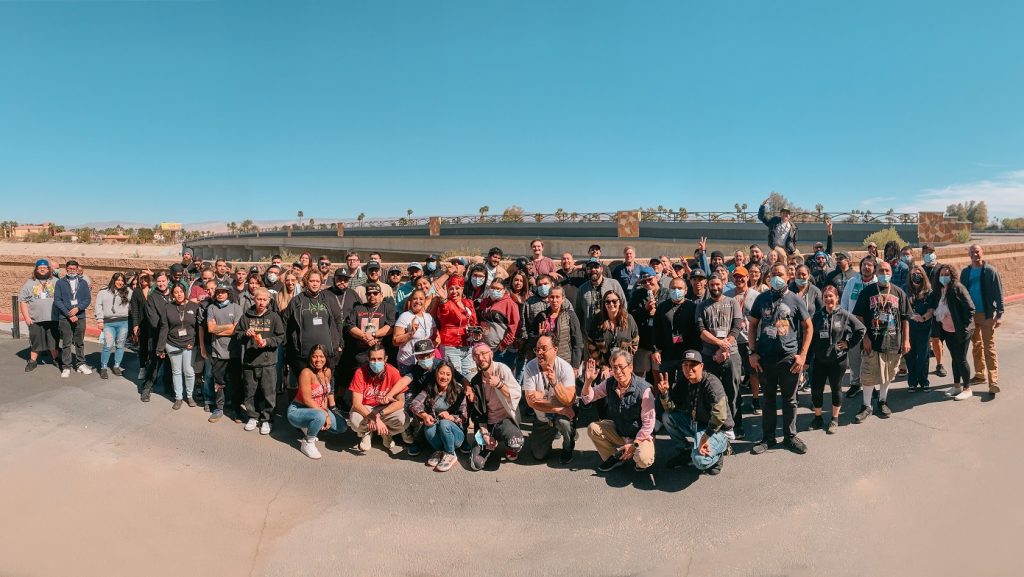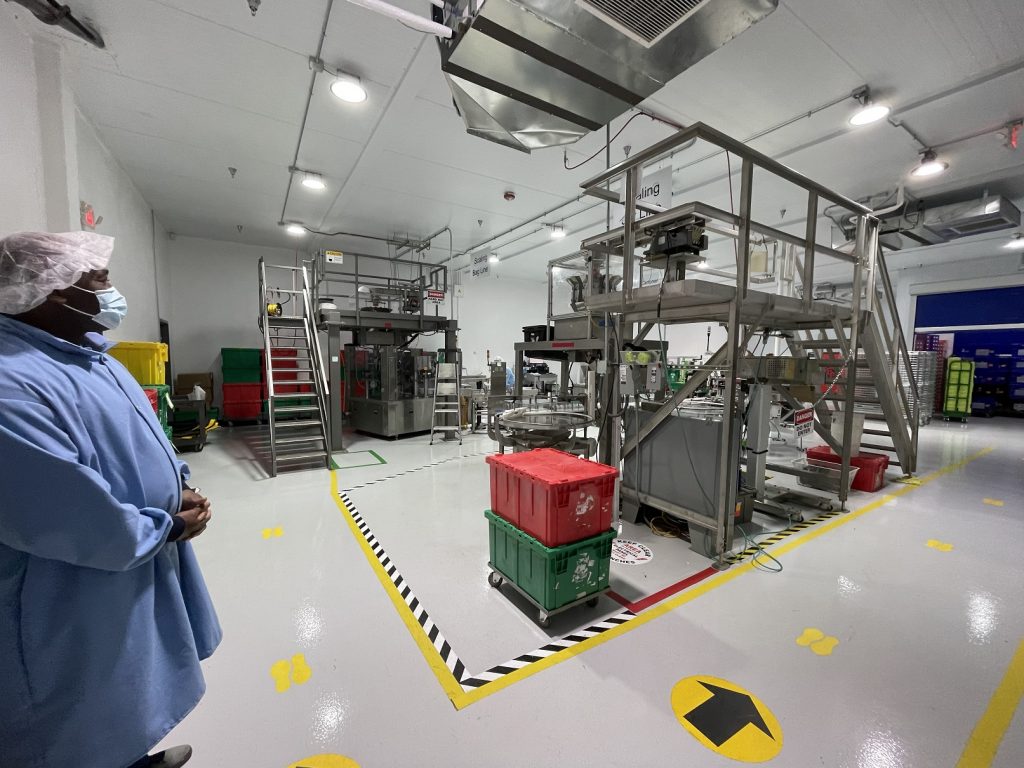
Exclusive Interview with Falcon Brands CEO Steve Gutterman
A blend of authenticity and professionalism drive the success of Falcon Brands, according to CEO Steve Gutterman. The profitable California cannabis company has top-10 brands in the state, and it is looking to M&A to help expand its footprint and meet the demand for its CPG products. Gutterman sat down with New Cannabis Ventures to talk about the company’s strategy following entanglement with Harvest Health and plans to eventually take Falcon Brands public.
Listen to the entire interview or read the summary below:
Cannabis and CPG Talent
Gutterman comes to Falcon Brands with nearly three decades of experience in high-growth industries. He spent much of his career in online financial services, and he saw the explosive growth in cannabis as a similarly exciting opportunity. He was with Harvest when the company tried to acquire Falcon Brands. He has always considered the company a foundational asset in California.

Gutterman highlighted Jim Kunevicius, Edlin Kim and Mark Malatesta as important talent. The company’s team blends people with decades of experience in cannabis with people who bring deep experience in CPG. Gutterman considers Falcon Brands a CPG company at its core.
California Market Position
Falcon Brands has indoor grow operations and a manufacturing facility in Palm Springs, California. It also has greenhouses in the Salinas area. The company is one of the largest distributors in the state; it delivers its products to 400 dispensaries, according to Gutterman.

The company’s brand portfolio includes Grand CRU, CRU, High Garden Littles and Jetpacks. CRU, High Garden and Littles have consistently been among the top 10 brands in California for the past three years, according to Gutterman. Delivering on brand promise, both in terms of quality and getting products to customers, has helped the company maintain its competitive position.
The California regulatory environment is a challenge for all of the state’s operators, but Falcon Brands has managed to become profitable. The team works closely with regulators, and Gutterman anticipates that regulations and taxation will become less onerous over time.
Expansion Opportunities
Price compression has been a major force at play in the California market over the past year, but Falcon Brands has managed through it. The company goes through approximately 10,000 pounds of flower per month, most of which is purchased in the wholesale market. Right now, it only cultivates 300 to 400 pounds per month. Price compression has actually helped the company find more reasonable valuations in the M&A market. The Falcon Brands team is targeting indoor greenhouses and outdoor facilities to help add to its cultivation footprint and drop its cost of goods.
The Harvest acquisition of Falcon Brands never closed. Whether or not Falcon Brands will look to become part of a larger operator remains uncertain. In the immediate future, the company will be focusing on building its platform by adding more cultivation to support its CPG business. Eventually, it will take that platform into nearby states, such as Nevada, Colorado, Washington and Oregon. The team will be open to having conversations with large MSOs or pursuing that expansion organically. California remains a large opportunity where Falcon Brands has a fractional market share that it could continue to grow.
Falcon Brands Investors
Harvest lent Falcon Brands $47 million, which ultimately converted into equity. Harvest, recently acquired by Trulieve, is a 9 percent shareholder in the company, according to Gutterman. The largest chunk of the company’s capital came from that transaction. Falcon Brands has just 15 shareholders.
Looking ahead, the team will be considering a combination of debt and equity. At some point in time, Falcon Brands will access the public markets. Going public will reward long-time employees and allow the company to leverage stock as currency for M&A activity, according to Gutterman. The exact timeline for going public will depend on market conditions.
Growth Drivers
Falcon Brands has generated more than $100 million in revenue each year over the past three years. The company has gone from losing money to making money on both a cashflow and EBITDA basis, according to Gutterman. The team will continue to focus on adding cultivation and decreasing its cost of goods sold to drive EBITDA. The company also has more opportunity to independently raise capital now that is has moved past the question of whether or not the Harvest deal would close. In addition to revenue and EBITDA, the Falcon Brands team also keeps a close eye on its market share and brand position.
As Falcon Brands contemplates M&A opportunities, integration will be a major focus in the remainder of this year. The company will also maintain its customer-first philosophy. Gutterman is excited about the opportunity to leverage the company’s success to continue growing in competitive California market and to expand into other states.
To learn more, visit the Falcon Brands website. Listen to the entire interview:
